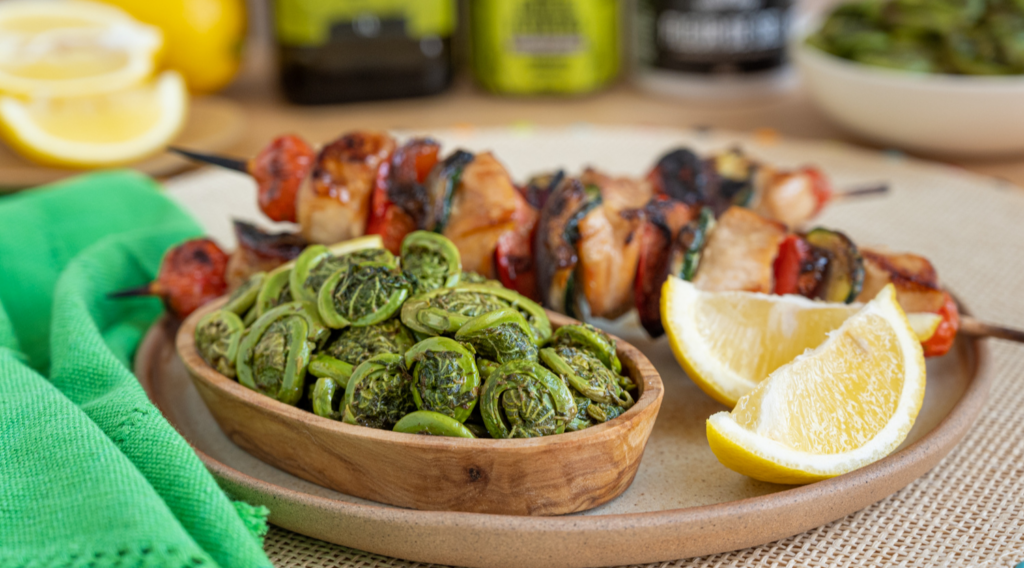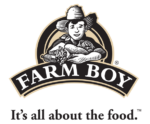Spring is the season that’s synonymous with freshness. After winter’s chill has thawed, we welcome fresh spring veggies and delicious, vibrant flavours to delight our palate. At Farm Boy, we take pride in stocking only the best produce to give you the tastiest options available. Discover 5 of our favourite spring veggies below, plus how to store them, fun facts, and mouthwatering recipes to try!
Spring Veggie: Asparagus
Spring has sprung when you spot fresh asparagus on store shelves! High in folate and a source of vitamins A and C, asparagus can be used in soups, salads, quiches, strudels, and more.
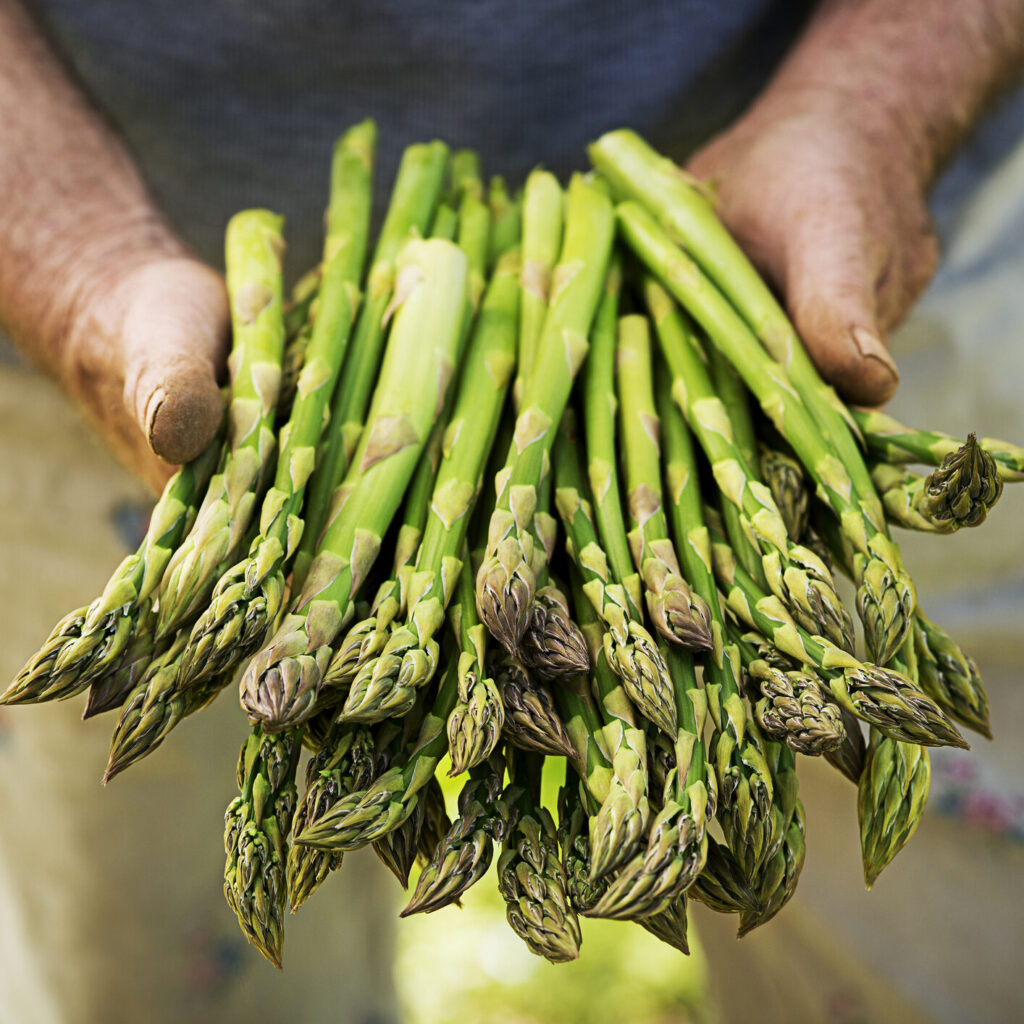
How to pick and store the best asparagus:
- Look for firm stalks with tight, closed buds.
- Choose spears that are dark green or purple near the tips, not yellowish.
- Store asparagus like a bouquet of flowers: trim the ends and place in the fridge in a jar of water.
- For the best flavour, use asparagus the day it’s purchased.
Did you know?
White asparagus is the same species as green asparagus, it’s just grown in the dark! The lack of sunlight prevents the production of chlorophyll, which accounts for the green colour in your traditional asparagus.
Spring Veggie Recipe to Try: Creamy Asparagus Soup
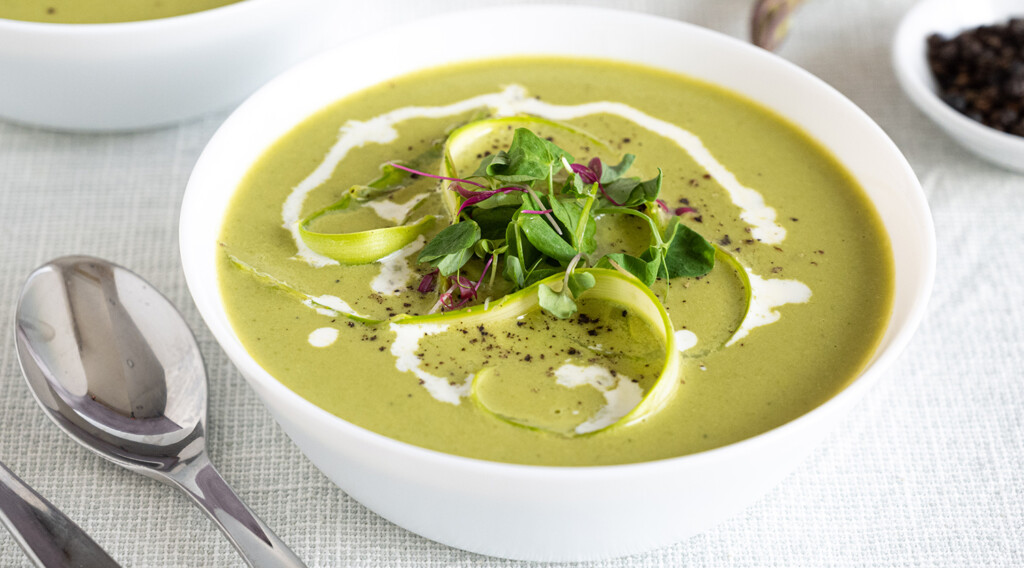
Spring Veggie: Broccoli
A versatile veggie that goes great in salads, soups, casseroles and more, broccoli is a great source of vitamins A and C, fibre, and potassium. Purple broccoli tastes slightly sweeter but is just as nutritious as the green version.
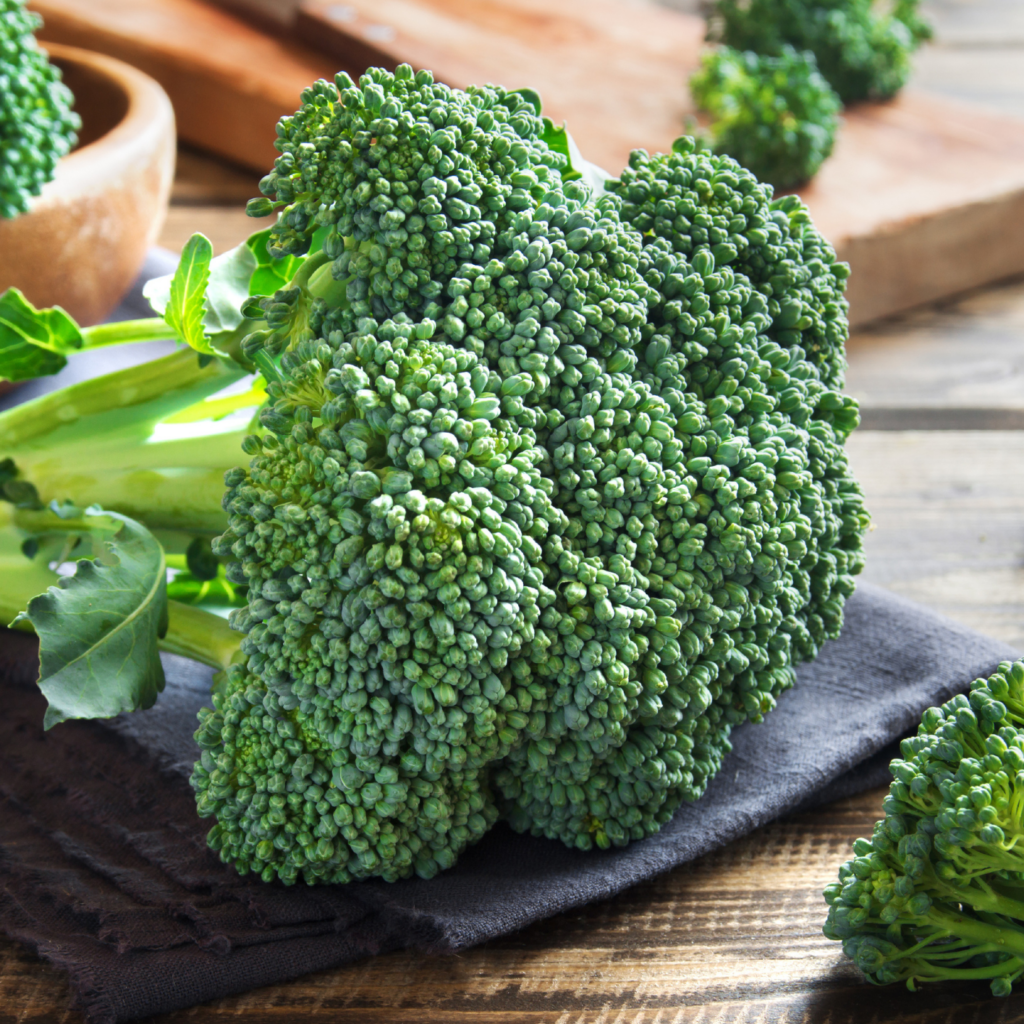
How to pick and store the best broccoli:
- Opt for dark green, tightly packed crowns for the best flavour.
- Avoid any with yellowish or brownish spots.
- A moist end ensures the broccoli is at its freshest.
- Loosely wrap your broccoli in a damp paper towel and store on a shelf (not a drawer) in your fridge.
Did you know?
Broccoli, cabbage, cauliflower, kale, kohlrabi, and Brussels sprouts all come from the same plant species!
Spring Veggie Recipe to Try: Vegan Grilled Broccoli Caesar Salad
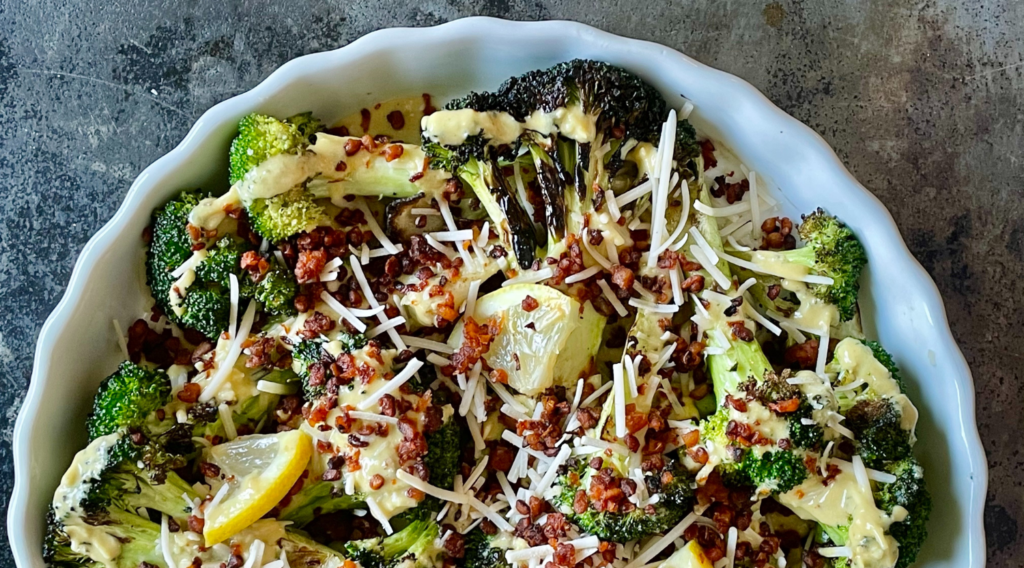
Spring Veggie: Butternut Squash
Not just for fall, butternut squash is delicious in spring. As its colour might suggest, butternut squash is rich in vitamin A, as well as potassium, fibre, and vitamin C. Botanically considered a fruit, butternut squash is often prepared like a veggie: roasted, sautéed, and puréed.
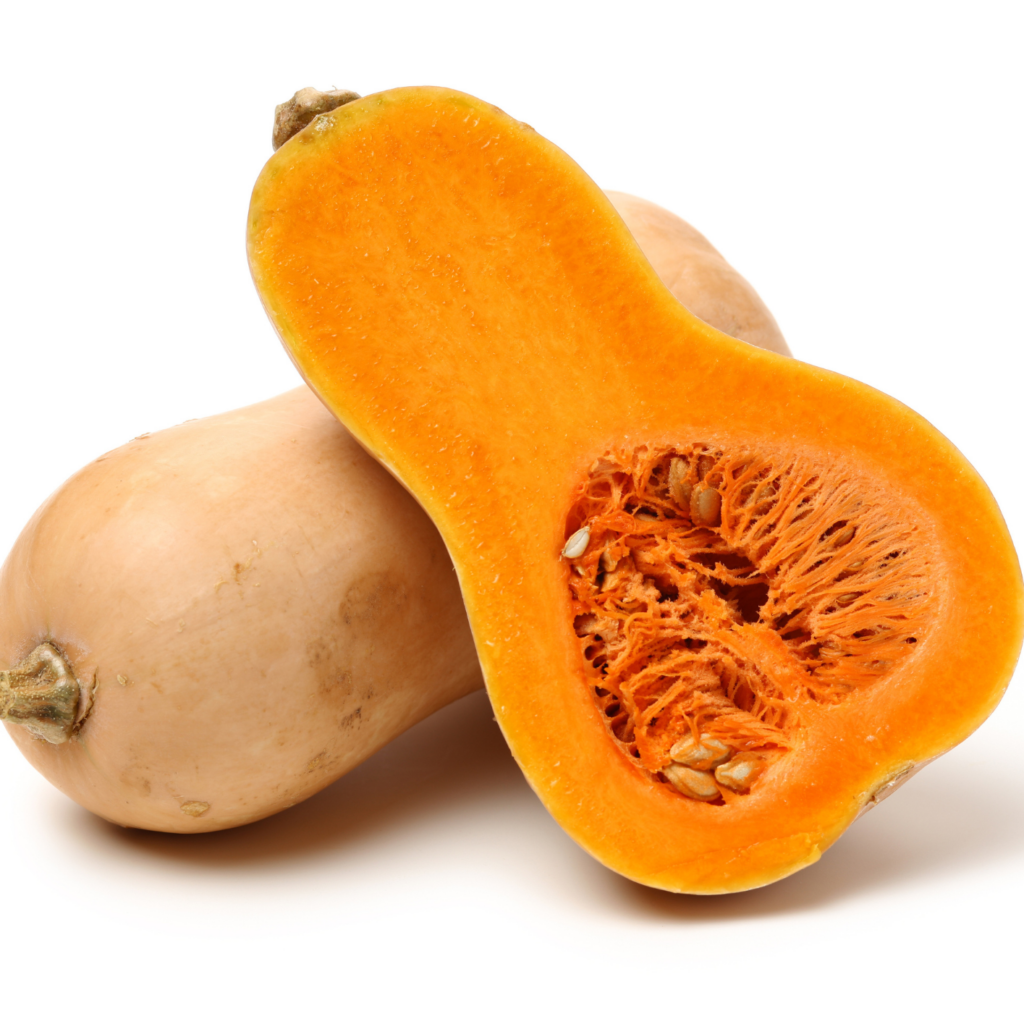
How to pick and store the best butternut squash:
- Look for a rich, darker tan or amber colour with no green spots for maximum ripeness.
- A matte finish means the squash is just right. Glossy indicates a too-early picking.
- Give it a knock! If it sounds hollow, you’re good to go!
- Cut butternut squash keeps 3-5 days in an airtight container. For longer storage, freeze in a single layer on a baking sheet before transferring to a bag.
Did you know?
Like pumpkin seeds, you can eat butternut squash seeds raw or roasted!
Spring Veggie Recipe to Try: Hasselback Roasted Butternut Squash
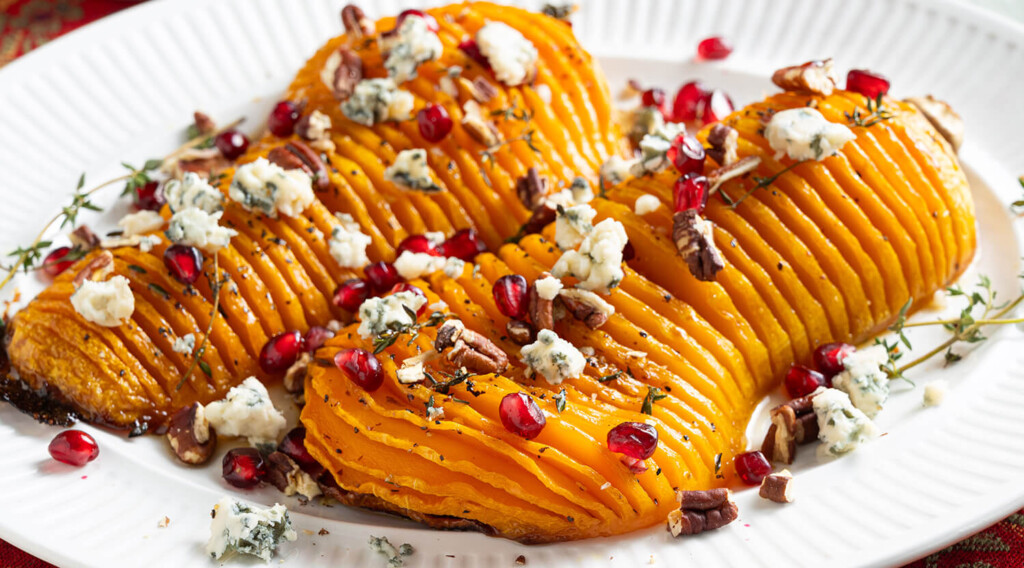
Spring Veggie: Green Beans
The green bean is known by many names: French beans, string beans, and snap beans. Whatever they’re called, they’re always delicious! Be sure not to overcook your green beans to avoid that dreaded mushy texture.
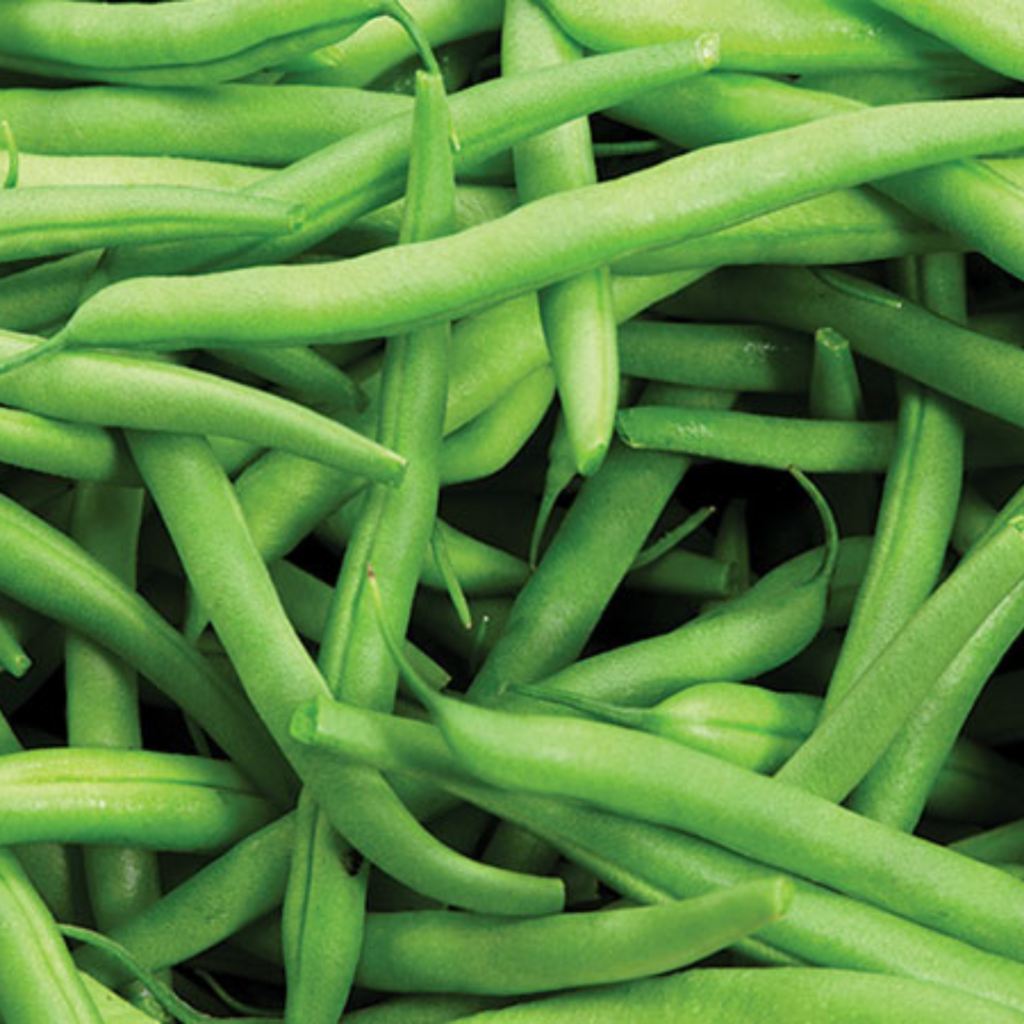
How to pick and store the best green beans:
- The best green beans have a vibrant colour and a smooth feel.
- Snap to it: Give a bean a snap to ensure they’re crisp.
- Bigger isn’t better: too-large green beans can taste stringy.
- Keep unwashed green beans in a plastic bag in your fridge’s crisper drawer for 4-7 days.
Did you know?
Raw green beans are a little bit toxic, but the toxin breaks down in the cooking process.
Spring Veggie Recipe to Try: Warm Quinoa, Asparagus, & Green Bean Salad
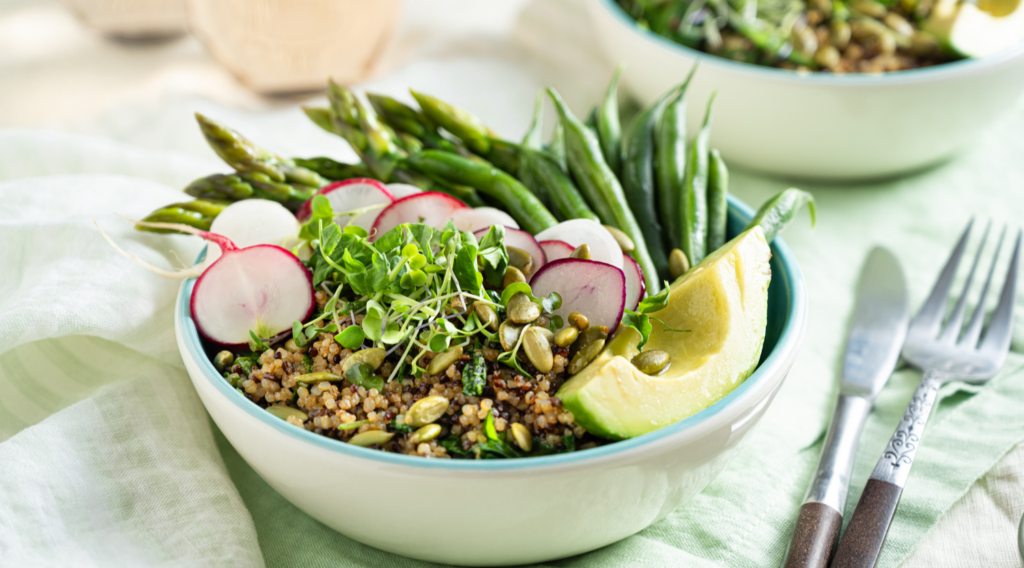
Spring Veggie: Fiddleheads
These tightly-coiled cuties taste like asparagus mixed with broccoli and green beans: slightly sweet and grassy. Packed with iron, potassium, and fibre, these nutrient-packed veggies are only around for a short while, making them a springtime must-try.
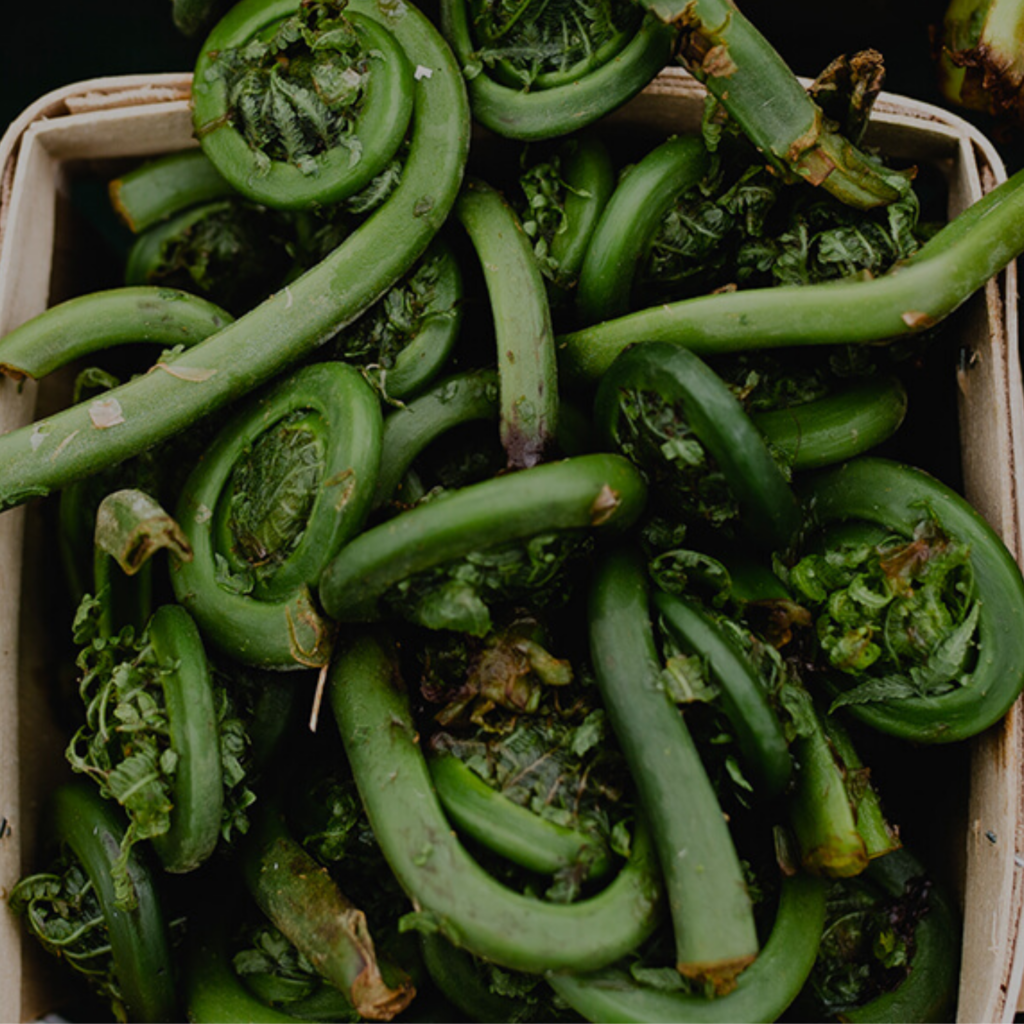
How to pick and store the best fiddleheads:
- Choose fiddleheads with tightly curled fronds for the best flavour.
- The best fiddleheads should be smooth and firm.
- A bright green hue means the fiddlehead is perfectly ripe.
- Wrap unwashed fiddleheads in a paper towel, place in a plastic bag, and store in the fridge for a maximum of 10 days.
Did you know?
Fiddleheads are toxic if consumed raw! Before roasting or sautéeing, steam or blanche them to ensure safe consumption.
Spring Veggie Recipe to Try: Simply Sautéed Fiddleheads
